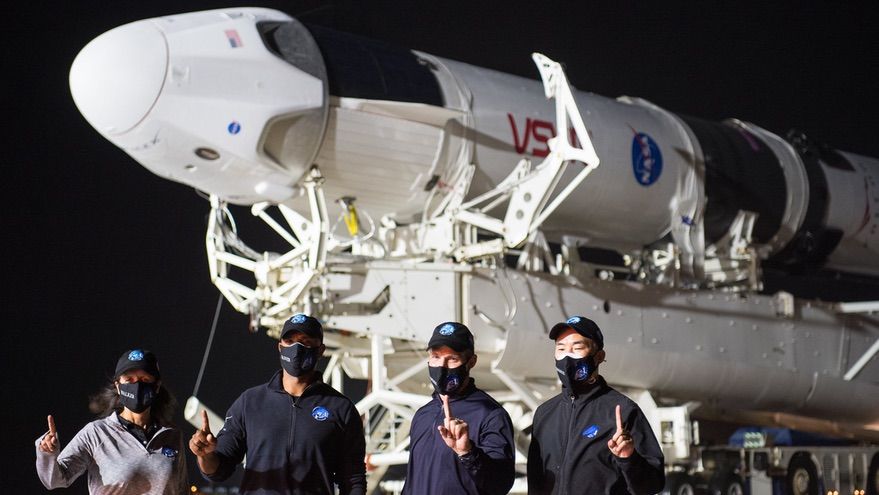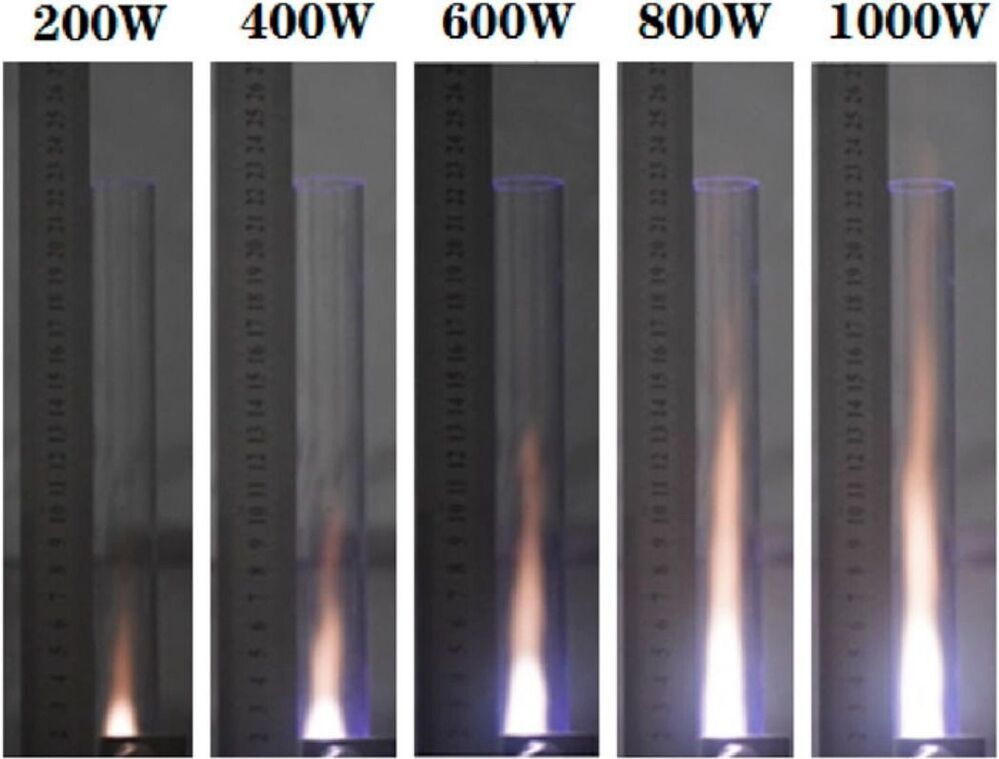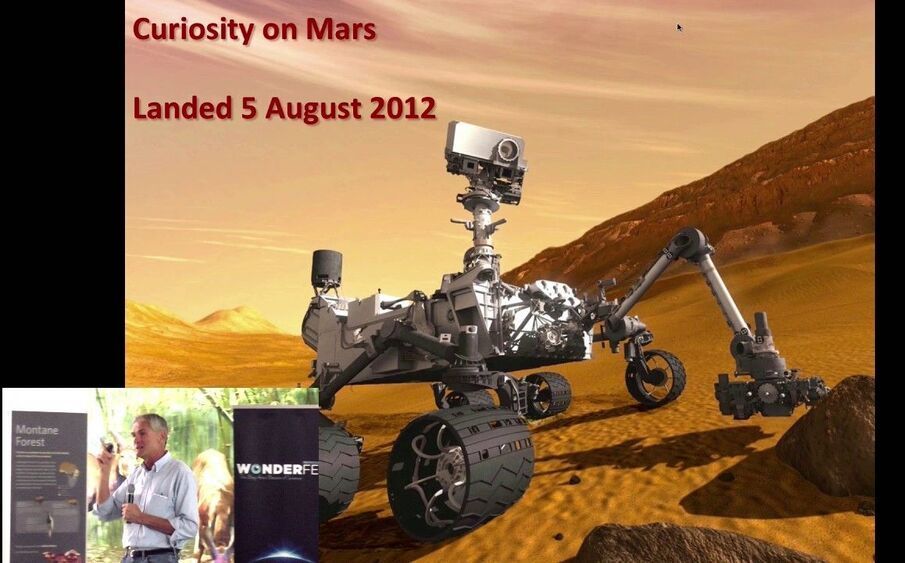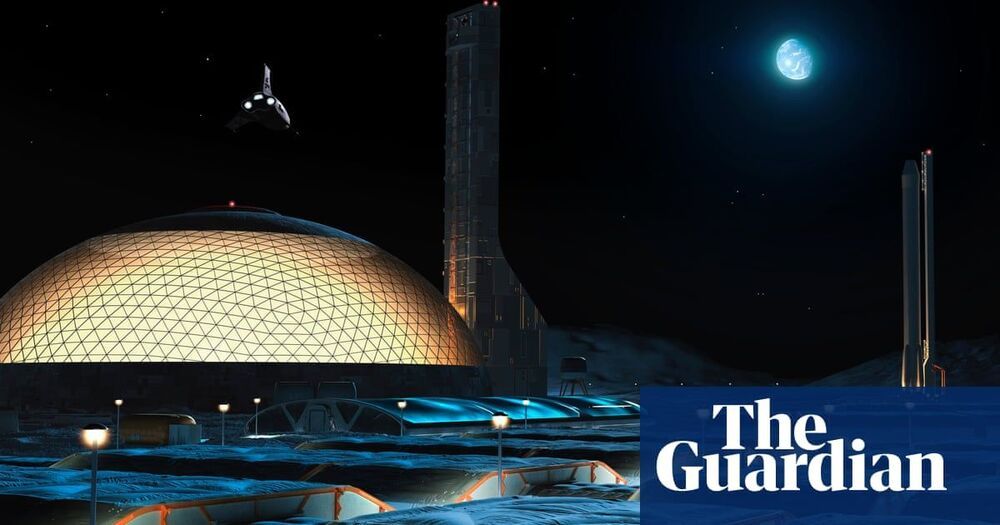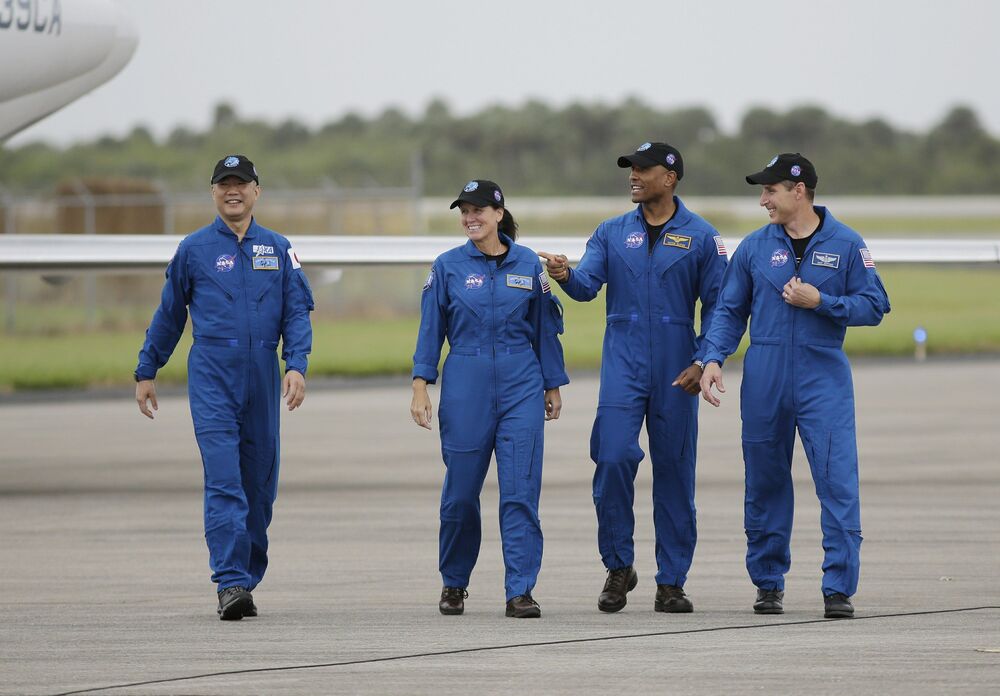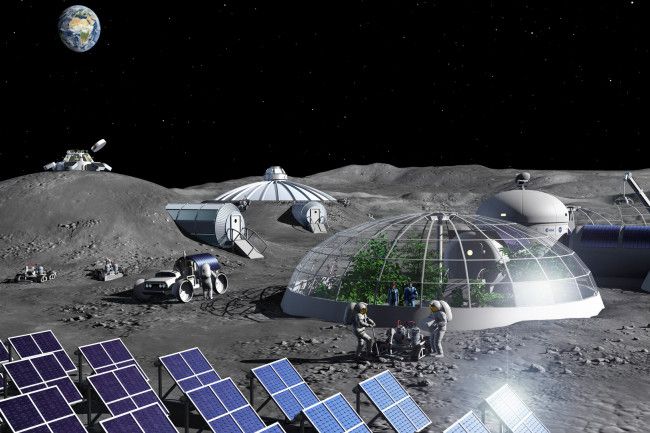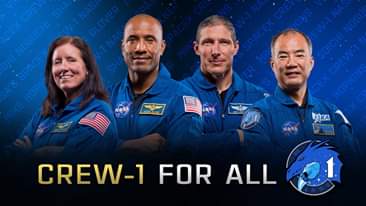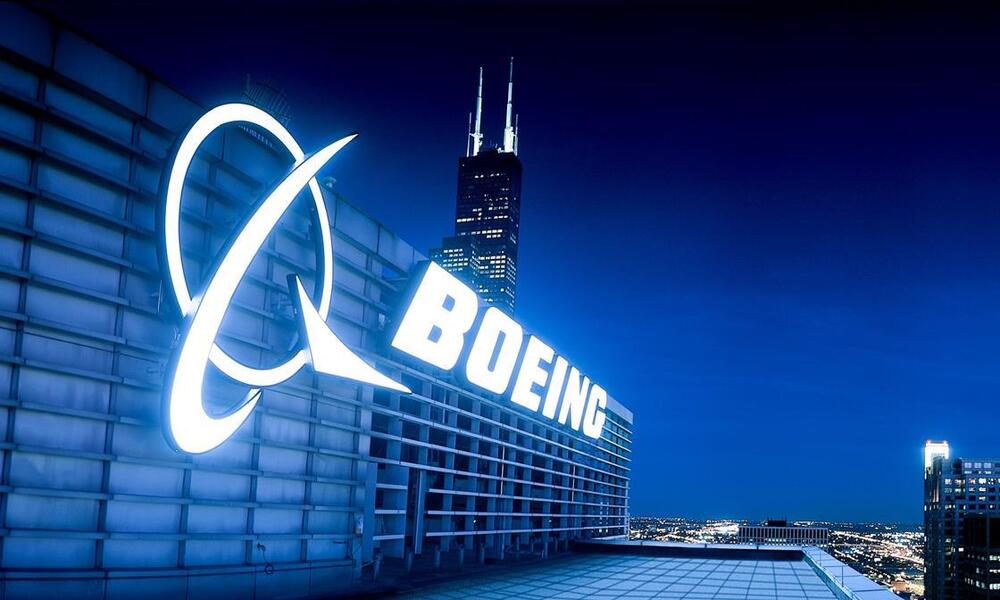Nov 11, 2020
NASA certifies SpaceX Crew Dragon spacecraft ahead of Crew-1 launch
Posted by Genevieve Klien in category: space travel
WASHINGTON — NASA formally certified SpaceX’s Crew Dragon spacecraft for transporting astronauts to and from the International Space Station, clearing the way for a Nov. 14 launch.
Agency officials completed the certification of the spacecraft by signing a document known as a Human Rating Certification Plan during a flight readiness review for the Crew-1 mission Nov. 10. That confirmed that SpaceX met all of NASA’s requirements for safely carrying astronauts on the Crew Dragon spacecraft and Falcon 9 launch vehicle.
“It’s just a tremendous day that is a culmination of a ton of work,” said Kathy Lueders, NASA associate administrator for human exploration and operations, at a Nov. 10 briefing about the flight readiness review. Lueders managed the commercial crew program at NASA for several years before being promoted to her current position in June. “It’s NASA saying to SpaceX you have shown us you can deliver a crew transportation capability that meets our requirements.”
